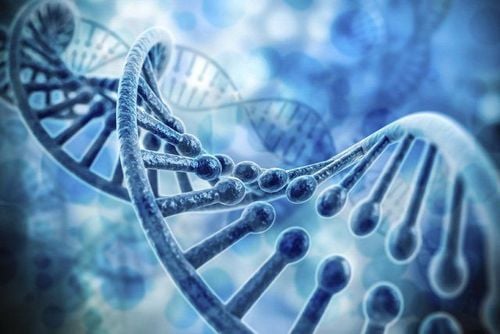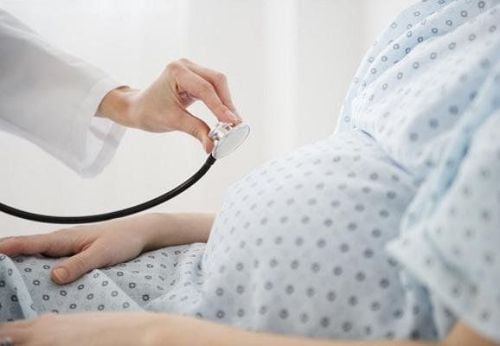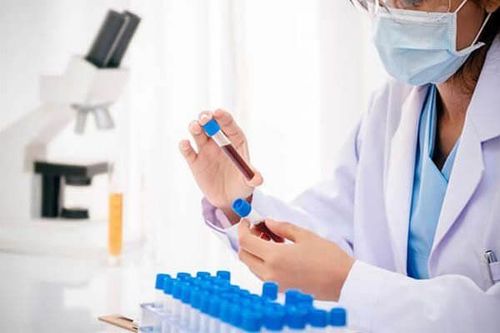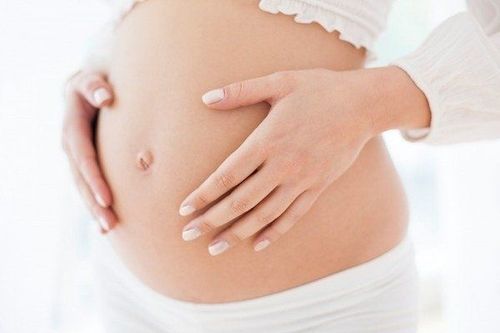This is an automatically translated article.
Normal human chromosome set has 46 chromosomes divided into 23 pairs. Any change will result in a chromosomal abnormality. The cause of this condition is usually due to problems arising in the division of gametes or mutations due to radiation or chemicals. Chromosomal mutations can change the number or structure of chromosomes in a cell.
1. What is the human chromosome set?
In the nucleus of each cell there is a DNA molecule that forms thread-like structures called chromosomes. Chromosomes are formed from DNA tightly coiled many times around histones (proteins that support chromosome structure).
We cannot see the chromosomes in the nucleus of a cell when they are not dividing, even under a microscope. However, the DNA that makes up chromosomes shrinks during cell division and becomes visible under the microscope. Most of what researchers know about the human chromosome set has been obtained by observing chromosomes during cell division.
Chromosomes have a constriction called the centromere, which divides the chromosome into 2 parts. The short arm of the chromosome is called the “p arm”, and the long arm is marked as the “q arm”. The location of the centromere will form a characteristic shape for the chromosome and is used to help describe the location of specific genes on it.
Each normal human cell contains 23 pairs of chromosomes. Of these, 22 pairs are called autosomes, which are the same in both males and females. The 23rd pair is the sex chromosome, which is different between males and females. Females have 2 copies of the X chromosome, and males have 1 X and 1 Y chromosome.
22 pairs of chromosomes are usually numbered by size. The other 2 chromosomes (X and Y) are sex chromosomes. The picture of human chromosomes arranged in pairs is called a karyotype.
2. Chromosome Structure
Chromosomes are a collection of genes that carry genetic information (DNA), made up of tightly coiled chromatin around proteins called histones. Chromosomes are located in the nucleus of a cell and they just wrap tightly before cell division takes place. A single strand of chromosome will consist of a centromere region connecting two branch regions (including the short arm p and the long arm q).
In preparation for meiosis, each chromosome is duplicated to ensure that when dividing, new cells are born with the correct number of chromosomes. Then through DNA replication, an identical copy of each single chromosome is made. These two identical chromosomes will join together at the centromere. They then separate before completing cell division.
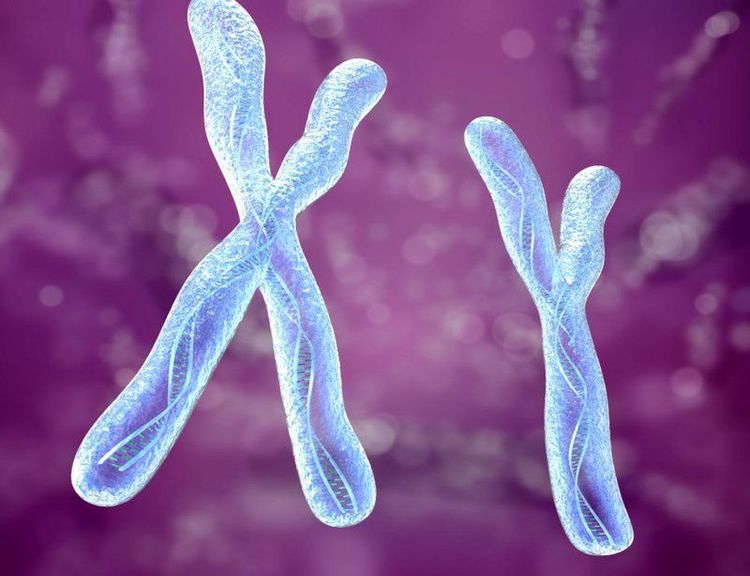
Bất kỳ sự thay đổi nào đều sẽ dẫn đến tình trạng bất thường nhiễm sắc thể
3. What is a chromosomal abnormality?
Normal human chromosome set will have 46 chromosomes divided into 23 pairs. Any change will cause a chromosomal abnormality. The cause of changes in chromosome structure is usually due to problems arising in the division of gametes or mutations caused by chemicals, radiation,...
Chromosome mutations have can alter the number or structure of chromosomes in a cell. If a gene mutation affects only a single gene or a segment of DNA on a chromosome, a chromosomal mutation affects and changes the entire gene on that chromosome.
3.1. Mutations change the number of chromosomes In the normal state, the chromosome structure exists in pairs. A mutation in the number of chromosomes is called an aneuploidy. Heterozygous mutant cells appear as a result of chromosome breakage or failure to segregate during meiosis or mitosis.
The homologous chromosomes do not segregate, resulting in an excess or a lack of chromosomes in subsequent cells. Abnormalities in the sex chromosomes due to nondisjunction can lead to conditions such as:
Klinefelter syndrome : A condition in which a male has one or more extra X chromosomes. Turner syndrome : Is Females have only one X chromosome. Meanwhile, having an extra chromosome on chromosome 21 causes Down syndrome.
Chromosome number mutations lead to more than 1 haploid set of chromosomes in a cell and is called polyploidy. Haploid cells contain one complete set of chromosomes. Normal cells will have diploid chromosomes, containing 2 complete sets of haploid chromosomes.
3.2. Chromosome structure mutations Duplication and breakage of chromosomes during cell division are responsible for mutations and changes in chromosome structure. These changes affect protein production by altering genes on chromosomes.
Changes in chromosome structure include:
Translocation: Translocation occurs when a segment of one chromosome is broken off and attached to another chromosome. This type of rearrangement is described as balanced if no genetic material is gained or lost in the cell. If there is gain or loss of genetic material, the translocation is described as unbalanced. Deletion: Deletion occurs when a chromosome is broken and some genetic material is lost. Deletions can be large or small, occurring anywhere along the chromosome. Duplication: Duplication occurs when a part of a chromosome is copied (duplicated) too many times. This type of chromosomal change results in additional copies of genetic material from the duplicated fragment. Inversion: An inversion occurs during the break of a chromosome. Genetic material may or may not be lost due to a broken chromosome. An inversion involving the constriction of a chromosome (centromere) is called a centromere inversion. An inversion that occurs in the long arm (q) or the short arm (p) and does not involve the centromere is called centromeric inversion. Isochromosomes: isochromosomes are 1 chromosome with 2 identical arms. Instead of 1 long arm (q) and 1 short arm (p), an isochromosome has 2 long arms or 2 short arms. As a result, these abnormal chromosomes have extra copies of some genes and lack copies of others. Bicentromeric Chromosomes: Unlike normal chromosomes, which have a single constriction (centromere), 1 dicentric chromosome contains 2 centromeres. Bicentrosomes are the result of an abnormal fusion of 2 chromosome fragments, each of which includes a centromere. These structures are unstable and often involve the loss of some genetic material. Ring Chromosomes: Ring chromosomes usually occur when a chromosome is broken in 2 places and the ends of the chromosome arms join together to form a ring structure. The ring may or may not include the chromosome's constriction (centromere). In many cases, genetic material near the ends of chromosomes is lost.
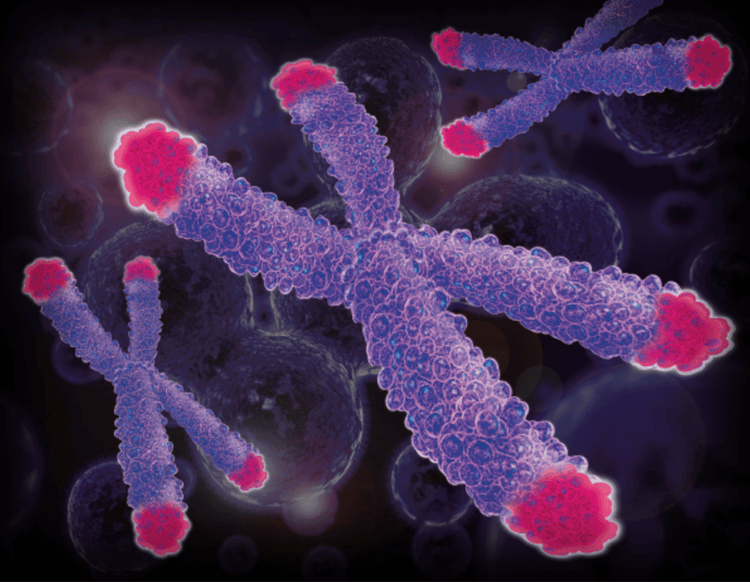
Ở trạng thái bình thường, cấu trúc nhiễm sắc thể tồn tại thành từng cặp
4. Do changes in chromosome structure affect health and development?
Changes that affect chromosome structure can cause problems with growth, development, and function of systems in the body. These changes can affect many genes along the chromosome and disrupt the proteins made from those genes.
Structural changes can occur during egg or sperm cell formation, during early fetal development, or in any cell after birth. DNA fragments can be rearranged within 1 chromosome or transferred between 2 or more chromosomes.
The effect of chromosomal alterations depends on the size and location of the altered region. Some changes cause medical problems, while others may not affect a person's health.
Nowadays, many cancer cells also have changes in their chromosome structure. These changes are not inherited, they occur in somatic cells (cells other than eggs or sperm), during the formation or progression of a malignancy.
At Vinmec International General Hospital, the Center for Gene Technology performs tests of molecular genetics, cell genetics, cancer genetics, etc., which can diagnose chromosomal abnormalities and pathologies. genetics, genetic mutations or inherited genes in antenatal screening, detection of oncogenes in some diseases, screening for cancer genes in families with genetic factors or antigen matching between organ transplant donors and recipients. This application also allows screening embryos before transferring to the uterus in IVF, avoiding birth defects.
Please dial HOTLINE for more information or register for an appointment HERE. Download MyVinmec app to make appointments faster and to manage your bookings easily.
Reference source: medlineplus.gov



